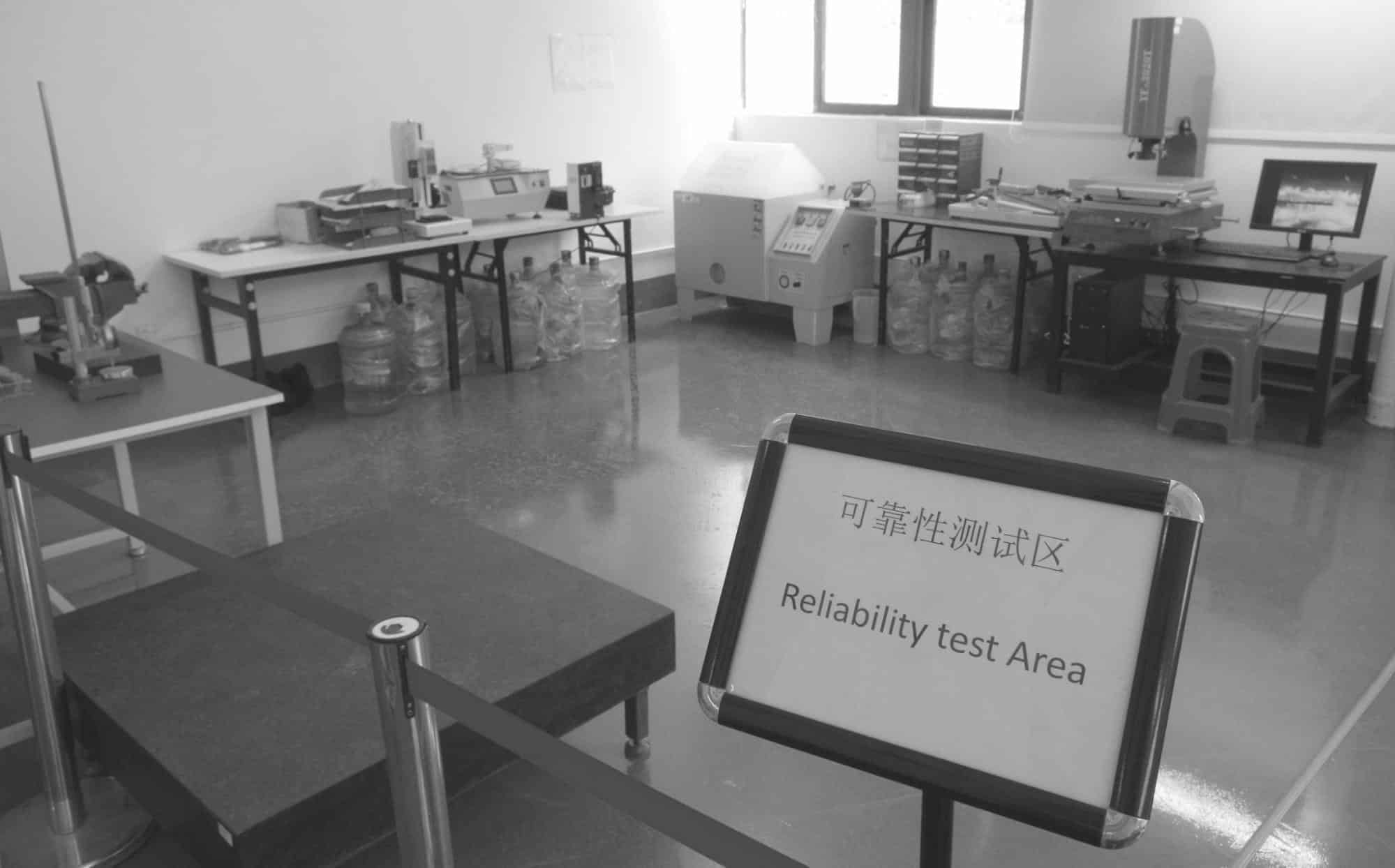
Whether you are at the prototype stage, in pilot-run production, or are in mass production, quality problems most likely will occur. Contract manufacturers boast how they don’t have quality problems but honestly, they all do, and we have had a number of them as well.
However, what makes a contract manufacturer or supplier great is how they deal with these quality problems. For the sake of this article, let’s assume the issue found is internal and production has not been shipped yet.
Possible Quality Issues
With a detailed quality standard and trained staff, a part with failed quality should always be brought up before shipment. Usually, parts are rejected due to the following reasons:
- Out of tolerances or spec
- Parts are in tolerance but they can’t be assembled
- Aesthetic issues (i.e. wrong color/shade, incorrect texture, not the correct finish, scratches, etc)
If one of these issues come up, you should work with your supplier and follow the following process:
Identify the Problem
This is quite simple, what is the reason and why is it bad?
You can only answer this question once you have collected samples and data of the problem. Your supplier will most likely be calling a meeting that will be with the quality, engineering, production, and supply chain teams. This meeting will go over the problem and present it to the team.
Figuring out the Root Cause
Now that you know the problem, you need to figure out why this issue occurred.
To answer this question, there are several methods to figure out the root cause. The two most popular methods are the 5 Whys and the Fishbone Diagram.
What I have found to be helpful is just to continuously ask yourself why until you can’t ask why anymore.

For example, let’s say you have an aesthetic issue and there is a scratch on the aluminum housing. You want to figure out what occurred to have the aluminum get scratched.Develop a Corrective Action Report
Since you have identified the reason for the problem during the root cause section you can now go on developing a corrective action report.
This report has new procedures and steps that will eliminate the problem from occurring again. This does not necessarily mean to change a fabrication process but it can be any step during the manufacturing process.
Let’s go back to the aesthetic issue. If your root cause analysis has the cause of the scratch occurring during transportation because of the rack scratching the product. You can develop a solution to dissolve this problem. This solution is the corrective action report.
However, usually, problems are not this simple, and additional steps need to be taken. This can include an ECO or change request.
Execution
The corrective action is great to have but it does not do much if it is not executed. Depending on the issue, several departments might need to take the proper steps to execute the report and it also might take time to do this.
For the aesthetic problem, you will need to carry out the steps called out in the corrective action report. This might be putting a foam layer over the transportation rack to protect the product better or something else.
Monitoring
Problems have a way of just coming back if they are not taken care of properly and monitored. Or even worse, the corrective action or the root cause was inaccurate and the problem has come up again in the next production batch.
Additional tasks and quality steps might be necessary to ensure the issue has been eliminated permanently. However, you can only confirm this by monitoring the problem and the proceeding orders.
Who is OpenBOM?
OpenBOM believes engineering, supply chain, and manufacturing teams should be able to seamlessly manage their parts, vendors, bill of materials, purchase orders, and change orders. All BOM, engineering, and manufacturing information are stored in the cloud which you can share with your team, contractors, suppliers, or anyone else that has access to your account. OpenBOM keeps everyone on the same BOM while providing you with the tools to streamline your development to production & scale up operations.
Register for FREE to create your OpenBOM account and reach out to us via support @ openbom dot com if you have any questions.
Best, Jared Haw @ OpenBOM.
Join our newsletter to receive a weekly portion of news, articles, and tips about OpenBOM and our community.









